Researchers have built a small but powerful detector to find gravitational waves in a hidden frequency range. The discovery could expose unseen black hole activity and early-universe echoes.
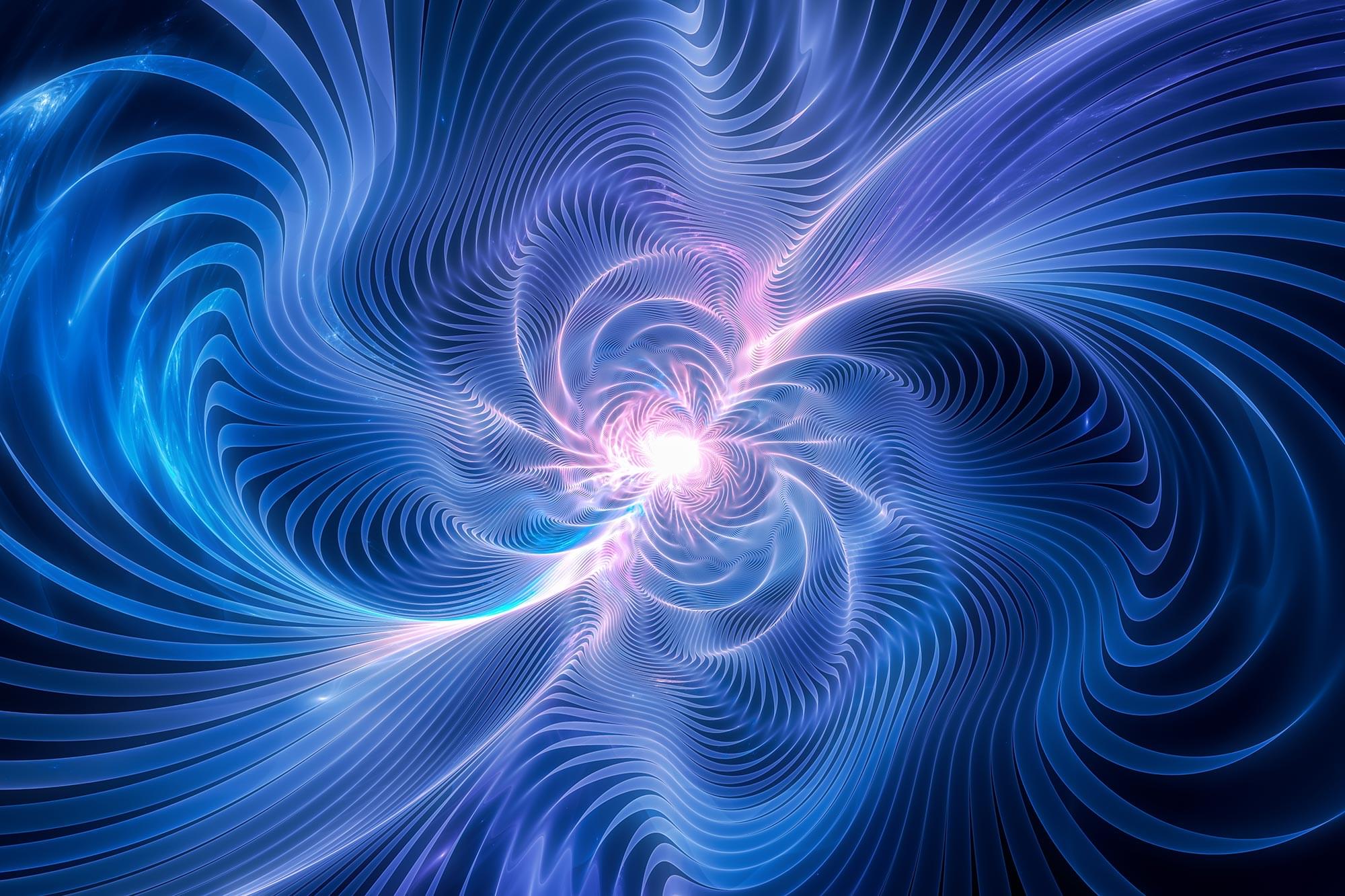


Why is the universe expanding at an ever-increasing rate? This is one of the most exciting yet unresolved questions in modern physics. Because it cannot be fully answered using our current physical worldview, researchers assume the existence of a mysterious “dark energy.” However, its origin remains unclear to this day.
An international research team from the Center for Applied Space Technology and Microgravity (ZARM) at the University of Bremen and the Transylvanian University of Brașov in Romania has come to the conclusion that the expansion of the universe can be explained—at least in part—without dark energy.
In physics, the evolution of the universe has so far been described by the general theory of relativity and the so-called Friedmann equations. However, in order to explain the observed expansion of the universe on this basis, an additional “dark energy term” must be manually added to the equations.
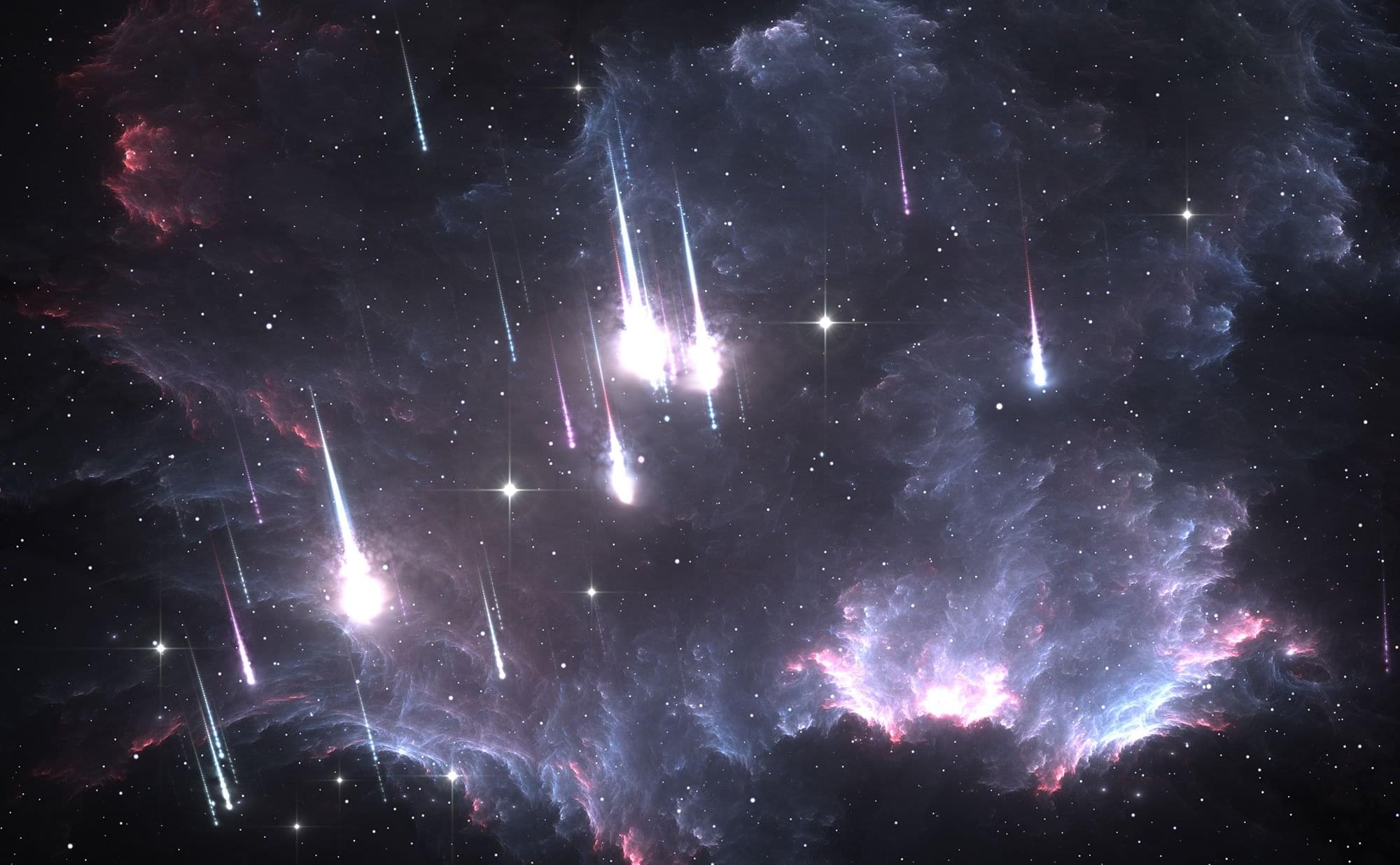
See how the solar wind shredded Comet Lemmon’s tail in an extraordinary view from Earth
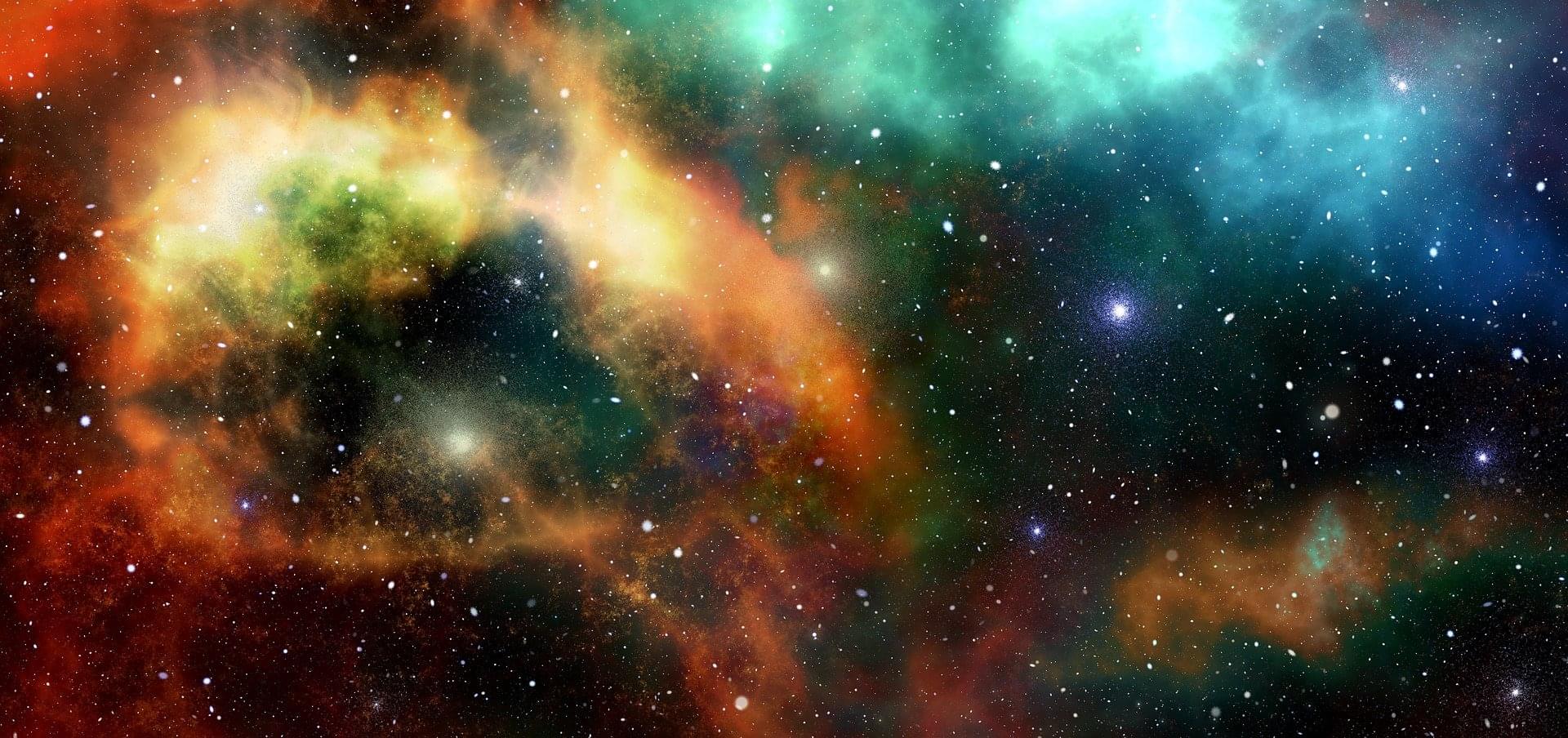
Pulsars suggest that ultra–low-frequency gravitational waves are rippling through the cosmos. The signal seen by international pulsar timing array collaborations in 2023 could come from a stochastic gravitational-wave background—the sum of many distant sources—or from a single nearby binary of supermassive black holes.
To tell these apart, Hideki Asada, theoretical physicist and Professor at Hirosaki University, and Shun Yamamoto, researcher at the Graduate School of Science and Technology, Hirosaki University, propose a method that exploits beat phenomena between gravitational waves at nearly the same frequency, searching for their imprint in the tiny shifts of pulsars’ radio-pulse arrival times.
Their work has been published in the Journal of Cosmology and Astroparticle Physics.
What happens when awareness grows too powerful for the universe that contains it?
SCP-3812 — also known as A Voice Behind Me — is the Foundation’s ultimate paradox: a being that rewrites existence every time it tries to understand itself. This speculative science essay explores the physics, metaphysics, and philosophy behind the phenomenon. From quantum observer effects to pancomputational cosmology, from the breakdown of time to the collapse of narrative itself, we ask the ultimate question:
What if consciousness doesn’t live inside reality, but creates it?
Join us as we explore:
- The origin of Sam Howell and post-mortem evolution of awareness.
- The science of unreality and the hierarchy of dimensions.
- Schizophrenia as multiversal cognition.
- Supersession, recursion, and the limits of containment.
- The final collapse of reality into pure perception.
If you love speculative science, existential philosophy, or cosmic horror wrapped in logic, this video will change the way you think about reality.
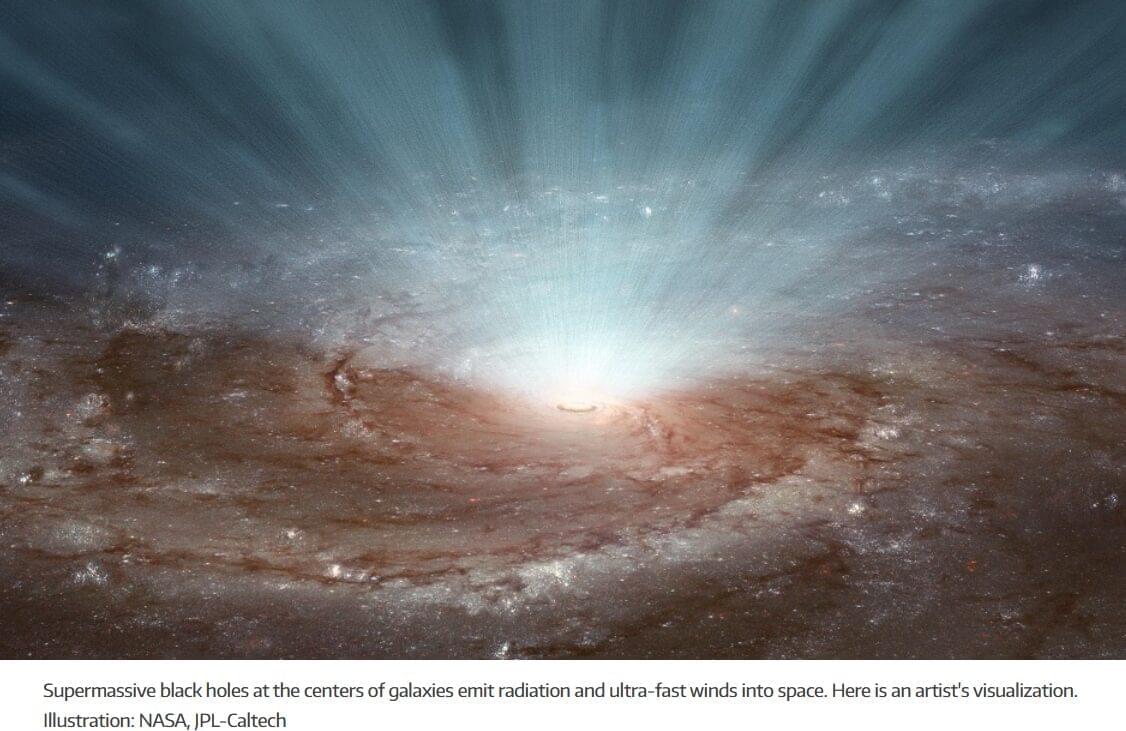
Could black holes help explain high-energy cosmic radiation?
Scientists may have finally uncovered the mystery behind ultra-high-energy cosmic rays — the most powerful particles known in the universe. A team from NTNU suggests that colossal winds from supermassive black holes could be accelerating these particles to unimaginable speeds. These winds, moving at half the speed of light, might not only shape entire galaxies but also fling atomic nuclei across the cosmos with incredible energy.
The universe is full of different types of radiation and particles that can be observed here on Earth. This includes photons across the entire range of the electromagnetic spectrum, from the lowest radio frequencies all the way to the highest-energy gamma rays. It also includes other particles such as neutrinos and cosmic rays, which race through the universe at close to the speed of light.
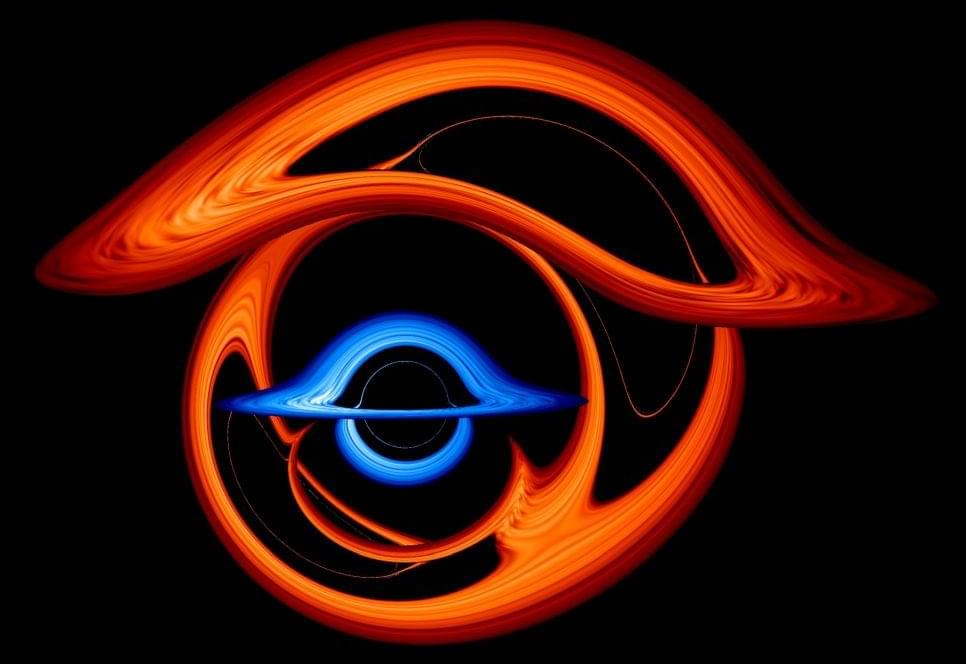
The complex dance of two black holes locked in a doomed orbit has been revealed in a first-of-its-kind direct radio image.
It’s the first time astronomers have directly imaged the distinct jets of both black holes in a known binary – finally confirming the model of the double core of a galaxy called OJ 287.
In OJ 287, located some 3.5 billion light-years away, the intricate, extreme interplay between the two central supermassive black holes has been documented for decades. This is the first image to capture smoking-gun signatures of both objects, however.
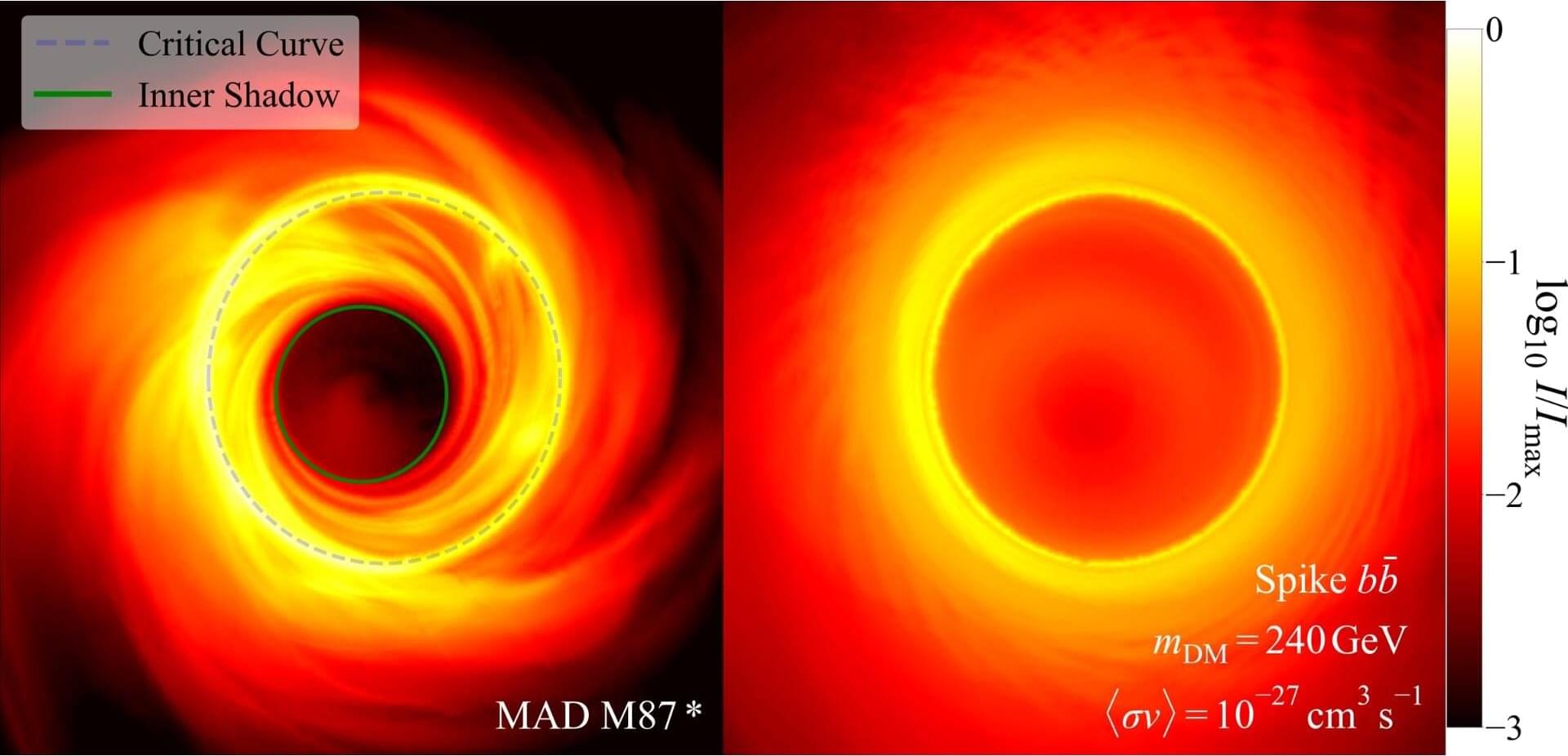
According to a new Physical Review Letters study, black holes could help solve the dark matter mystery. The shadowy regions in black hole images captured by the Event Horizon Telescope can act as ultra-sensitive detectors for the invisible material that makes up most of the universe’s matter.
Dark matter makes up roughly 85% of the universe’s matter, but scientists still don’t know what it actually is. While researchers have proposed countless ways to detect it, this study introduces black hole imaging as a fresh detection method—one that comes with some distinct benefits.
The Event Horizon Telescope’s stunning images of supermassive black holes have revealed more than just the geometry of spacetime; they’ve opened an unexpected window into the search for dark matter.
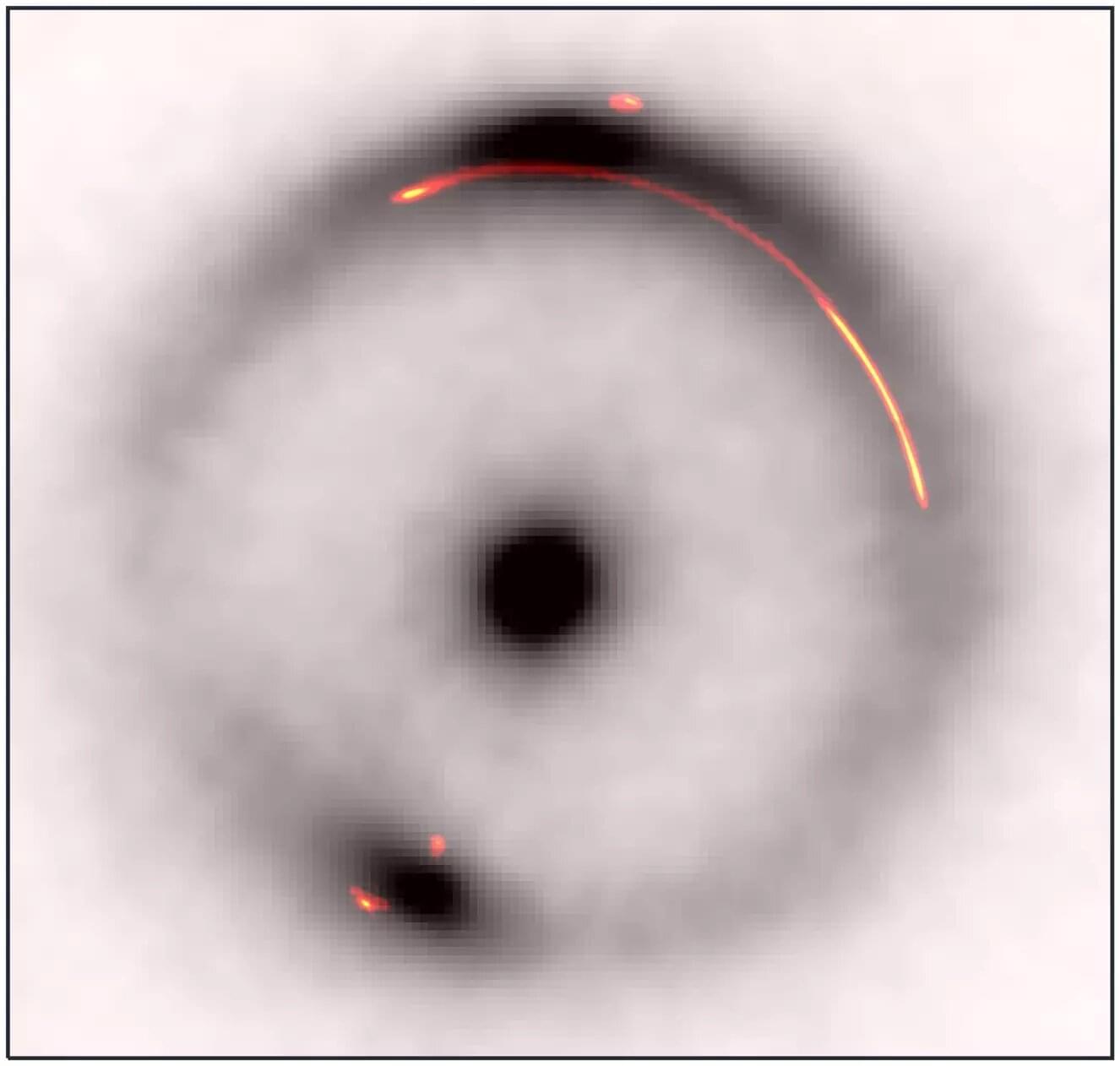
Dark matter is an enigmatic form of matter not expected to emit light, yet it is essential to understanding how the rich tapestry of stars and galaxies we see in the night sky evolved. As a fundamental building block of the universe, a key question for astronomers is whether dark matter is smooth or clumpy, as this could reveal what it is made of. Since dark matter cannot be observed directly, its properties can only be determined by observing the gravitational lensing effect, whereby the light from a more distant object is distorted and deflected by the gravity of the dark object.
“Hunting for dark objects that do not seem to emit any light is clearly challenging,” said Devon Powell at the Max Planck Institute for Astrophysics and lead author of the study. “Since we can’t see them directly, we instead use very distant galaxies as a backlight to look for their gravitational imprints.”
The research is published in the journal Nature Astronomy.